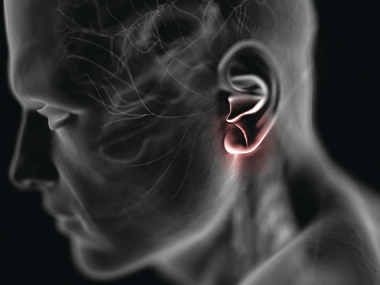So why did it take so long for researchers to identify that Ancel Keys study was seriously flawed? The rise of obesity and chronic illness has finally forced health professionals to question why fat has been so largely discouraged. The deeply falsified details of Ancel Keys findings are surfacing. “When researchers went back and analyzed some of the data from the Seven Countries study, they found that what best correlated with heart disease was not saturated fat intake but sugar,” http://time.com/96626/6-facts-about-saturated-fat-that-will-astound-you/ . Several studies to date confirm that in fact it is sugar that increases the risk of heart disease, not fats.
Recently published by the JAMA (Journal of American Medical Association) was its findings that sugar is the major culprit leading to heart disease among many other chronic diseases. USA today featured an article summarizing its findings:
“• People who consumed more than 21% of daily calories from added sugar had double the risk of death from heart disease as those who consumed less than 10% of calories from added sugars.
A person on a 2,000-calorie diet who consumes 21% of their daily calories from added sugar would be eating 420 calories from added sugar, which would be roughly three cans of regular soda a day.
• People who consumed between 17% to 21% of daily calories from added sugar had a 38% higher risk of death from heart disease than people who consumed less than 10% of calories from added sugars.
• People who consumed seven or more servings a week of sugar-sweetened beverages were at a 29% higher risk of death from heart disease than those who consumed one serving or less.
• The findings were consistent across age groups, sex, physical-activity levels, weights and dietary habits.
• Added sugar intake has changed slightly over the past 20 years, from 16% of daily calories in 1994 to 17% in 2004 to 15% in 2010.
The paper’s senior author Frank Hu, a professor of nutrition and epidemiology at the Harvard School of Public Health, says excessive intake of added sugar appears to negatively affect health in several ways. It has been linked to the development of high blood pressure, increased triglycerides (blood fats), low HDL (good) cholesterol, fatty liver problems, as well as making insulin less effective in lowering blood sugar.
Rachel Johnson, a spokeswoman for the American Heart Association and a nutrition professor at the University of Vermont, says, “Now we know that too much added sugar doesn’t just make us fat, it increases our risk of death from heart disease.””
(Taken from USA Today’s “Eating too much added sugar may be killing you”. http://www.usatoday.com/story/news/nation/2014/02/03/added-sugars-heart-disease-death/5183799/) .
Stay tuned for the next part in this series on the technical side of how sugar increases the risk of heart disease.
Be well,
Lynn


 October 16th, 2015
October 16th, 2015  Lynn
Lynn  Posted in
Posted in  Tags:
Tags: 

